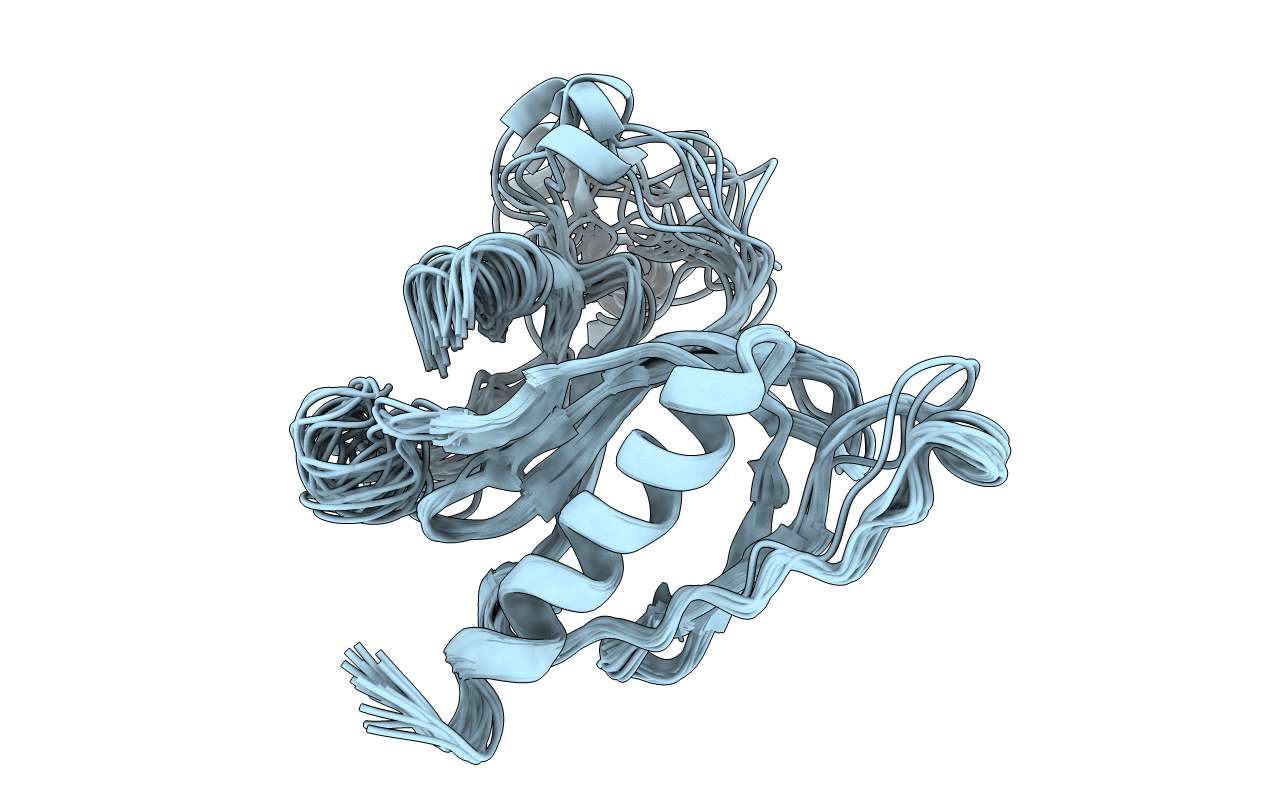
Deposition Date
1997-10-01
Release Date
1998-02-25
Last Version Date
2024-05-22
Entry Detail
PDB ID:
1AWE
Keywords:
Title:
HUMAN SOS1 PLECKSTRIN HOMOLOGY (PH) DOMAIN, NMR, 20 STRUCTURES
Biological Source:
Source Organism:
Homo sapiens (Taxon ID: 9606)
Host Organism:
Method Details:
Experimental Method:
Conformers Calculated:
750
Conformers Submitted:
20
Selection Criteria:
target function


